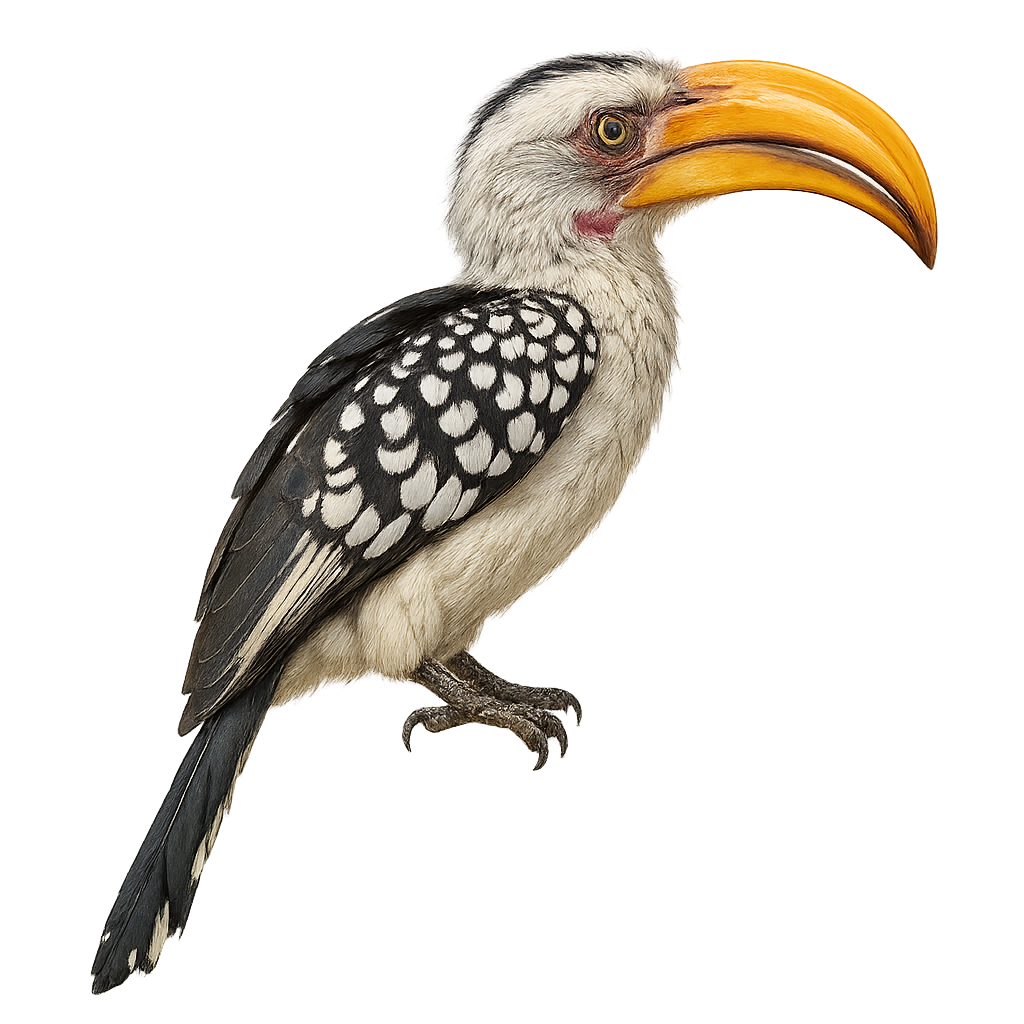Your wildlife photography guide.
Explore the yellow-billed hornbill in detail, study its behavior, prepare your shots.
Where to observe and photograph the yellow-billed hornbill in the wild
Learn where and when to spot the yellow-billed hornbill in the wild, how to identify the species based on distinctive features, and what natural environments it inhabits. The WildlifePhotographer app offers tailored photography tips that reflect the yellow-billed hornbill’s behavior, helping you capture better wildlife images. Explore the full species profile for key information including description, habitat, active periods, and approach techniques.
Yellow-billed hornbill
Scientific name: Tockus flavirostris

IUCN Status: Least Concern
Family: BUCEROTIDAE
Group: Birds
Sensitivity to human approach: Suspicious
Minimum approach distance: 30 m
Courtship display: October to January
Incubation: 23-25 jours
Hatchings: October to February
Habitat:
Tropical forests and dry savannas of East Africa, mainly in Ethiopia, Kenya, and Somalia, often near wooded areas and water sources
Activity period :
Primarily active during the day, with peak activity in the morning and late afternoon.
Identification and description:
The Yellow-casqued Hornbill is a characteristic bird of the open forests and savannas of sub-Saharan Africa. It is easily recognizable by its large curved bill, adorned with a bright yellow casque that gives it a distinctive appearance. Despite its massive size, the bill is lightweight and hollow, allowing this bird to fly with agility despite its size. Its plumage is primarily black and white, with yellow accents around the bill and casque.
The Yellow-casqued Hornbill is primarily frugivorous, feeding on fruits, berries, and insects found in trees. It is often seen in pairs or small groups, moving from branch to branch and emitting loud and distinct calls. While it is relatively widespread in its habitat, it may be threatened by deforestation and habitat loss due to agricultural expansion.
Recommended lens:
300 mm – adjust based on distance, desired framing (portrait or habitat), and approach conditions.
Photography tips:
Use a telephoto lens to photograph the yellow-casqued hornbill, especially when it perches on branches or moves through the canopy. The soft light of early morning or evening is ideal for capturing its bright colors and distinctive plumage. Be discreet and respect their space to avoid disturbing their natural behavior, especially during the breeding season.
The WildlifePhotographer App is coming soon!
Be the first to explore the best nature spots, track rutting seasons, log your observations, and observe more wildlife.
Already 1 431 wildlife lovers subscribed worldwide

